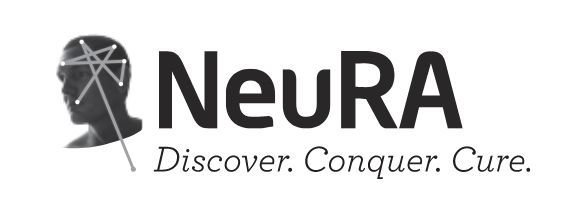This systematic review evaluated whether adding patient-therapist communication during physiotherapy treatment increased self-reported and objectively-measured physical activity levels in older adults. Randomised controlled trials and clinical controlled trials that investigated the effect of adding therapist communication interventions to exercise on physical activity measures, subjective and objective, in older people compared to exercise alone were included.
Outcomes were assessed at the end of the intervention, and up to 12 months after the intervention. The PEDro scale was used to rate risk of bias of the included trials. Self-reported and objectively collected data were analysed as two different outcomes. Meta-analysis was performed when at least three trials were included in a comparison. Altogether, 12 trials were included. Of these, 10 trials included older adults with musculoskeletal conditions, one trial included older people with chronic obstructive pulmonary disease, and one trial included people with stroke.
Objective measures of physical activity were walking speed, timed-up-and-go test, and muscle strength. Self-reported outcomes were motivation to be physically active, confidence to perform exercises, and minutes a day of physical functioning. The frequency of the interventions varied from daily to once per week over a period of 5 days to 9 months. Different behaviour change interventions were used as communication techniques, including credible source, social support, generalisation of the target behaviour, and goals and planning. Overall, communication techniques did not improve performance-based measures of physical activity (standardised mean difference 0.05, 95% CI -0.10 to 0.20), but improved self-reported measures of physical activity (standardised mean difference 0.19, 95% CI 0.07 to 0.31) at the end of the intervention. A similar pattern was observed for the analyses up to 12 months after the end of the intervention – communication techniques did not improve objective measures of physical activity (standardised mean difference 0.00, -0.22 to 0.21), but improved self-reported measures of physical activity (standardised mean difference 0.24, 95%CI 0.05 to 0.44). When interventions were grouped by behaviour change technique, there was no evidence of an effect of social support on objective measures (standardised mean difference -0.02, 95%CI 0.24 to 0.20). The generalisation of target behaviour technique improved self-reported measures of physical activity (standardised mean difference 0.34, 95% CI 0.05 to 0.63). Adding communication techniques based on behaviour change theory to physiotherapy exercise sessions for older people improved self-reported measures of physical activity but not objective measures of physical activity compared to exercise alone.
Lakke S, et al. The added value of therapist communication on the effect of physical therapy treatment in older adults; a systematic review and meta-analysis. Patient Educ Couns 2019;102(2):253-65



